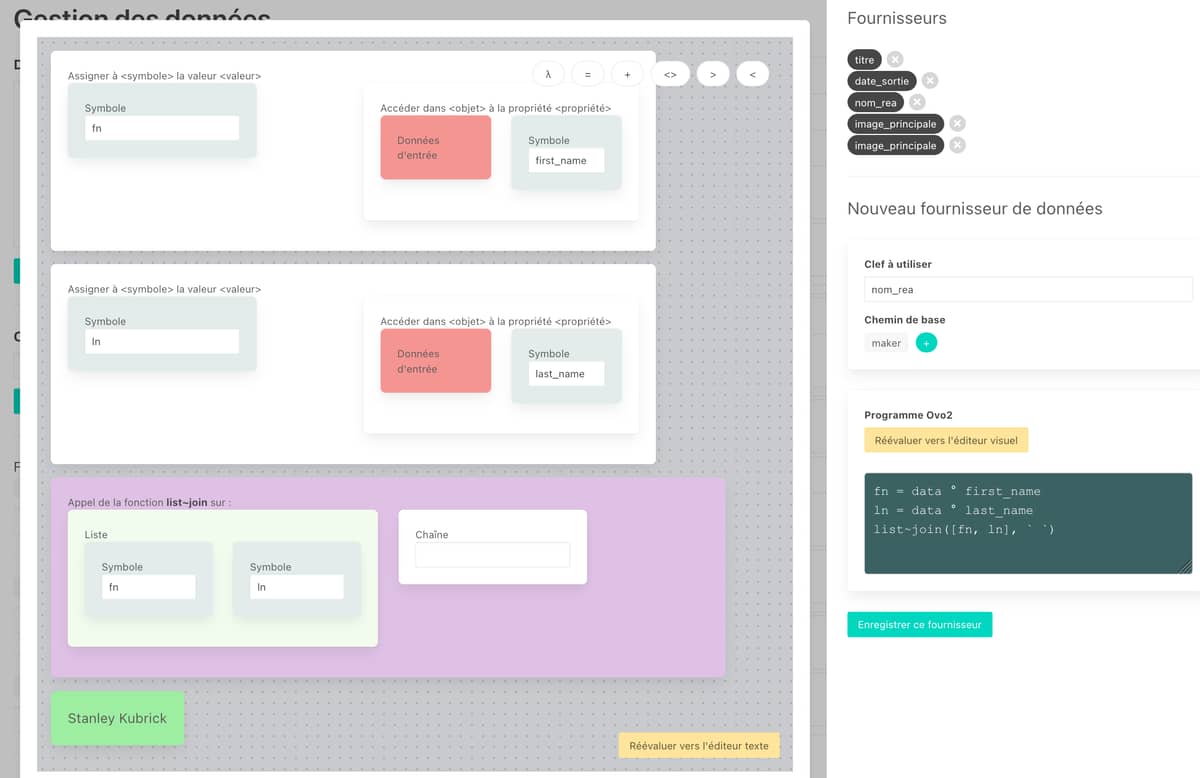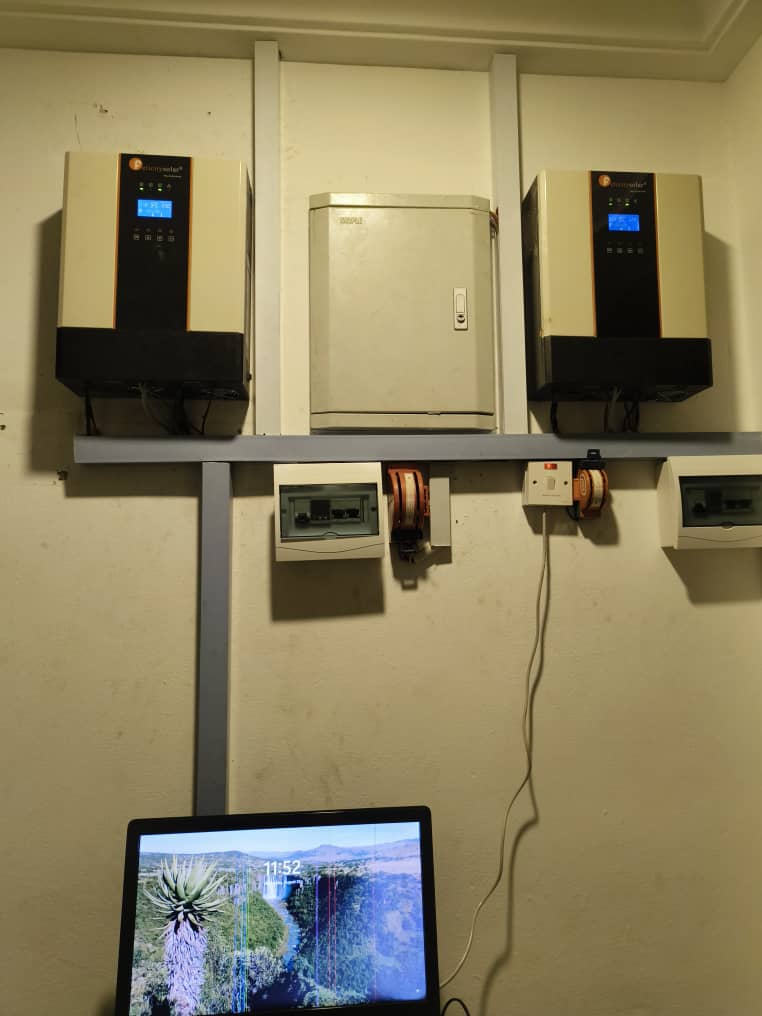Finally got this to work!
%{
_dt: "2023-08-29 18:58:33",
inv1: %{
stats: %{ChgMode: 2, Fault: nil, PVMode: "BatteryMode"},
Batt: %{Curr: -8.0, SOC: 72.0, Volt: 52.98, Watt: -445.0},
BusVolt: %{Neg: 0, Pos: 3901},
RInv: %{Curr: 27.0, Volt: 229.7, Watt: 390.0, Freq: 50.0, VA: 620.0},
RLine: %{Curr: 0.0, Volt: 0.0, Watt: 0.0, Freq: 0.0, VA: 0.0, PF: 0.0, vDCI: 0},
RLoad: %{Watt: 374.0, VA: 390.0, Pct: 7.0},
ROp: %{Curr: 1.7, Volt: 229.7, Watt: 374.0, Freq: 50.0, VA: 390.0, vDVI: 0},
Scc: %{Module: 1, ChgMode: 2, BattVolt: 52.98, ChgCurr: 0.0, ChgPower: 0.0, FualtMsg: 0, HsTemp: 40, PvVolt: 0.0},
Temp: %{Bat: 34, Inv: 41, Txt: 34}
},
inv2: %{
stats: %{ChgMode: 0, Fault: nil, PVMode: "BatteryMode"},
Batt: %{Curr: -8.0, SOC: 71.0, Volt: 52.87, Watt: -444.0},
BusVolt: %{Neg: 0, Pos: 3895},
RInv: %{Curr: 28.0, Volt: 229.5, Watt: 406.0, Freq: 50.0, VA: 642.0},
RLine: %{Curr: 0.0, Volt: 0.0, Watt: 0.0, Freq: 0.0, VA: 0.0, PF: 0.0, vDCI: 0},
RLoad: %{Watt: 386.0, VA: 413.0, Pct: 8.0},
ROp: %{Curr: 1.8, Volt: 229.5, Watt: 386.0, Freq: 50.0, VA: 413.0, vDVI: 0},
Scc: %{Module: 1, ChgMode: 0, BattVolt: 52.87, ChgCurr: 3.0, ChgPower: 0.0, FualtMsg: 0, HsTemp: 45, PvVolt: 0.0},
Temp: %{Bat: 36, Inv: 43, Txt: 36}
}
}
Next: build time-series from the logs with CubDB
Then: attempt to graph Solar Production and Daily load with LiveViews






















